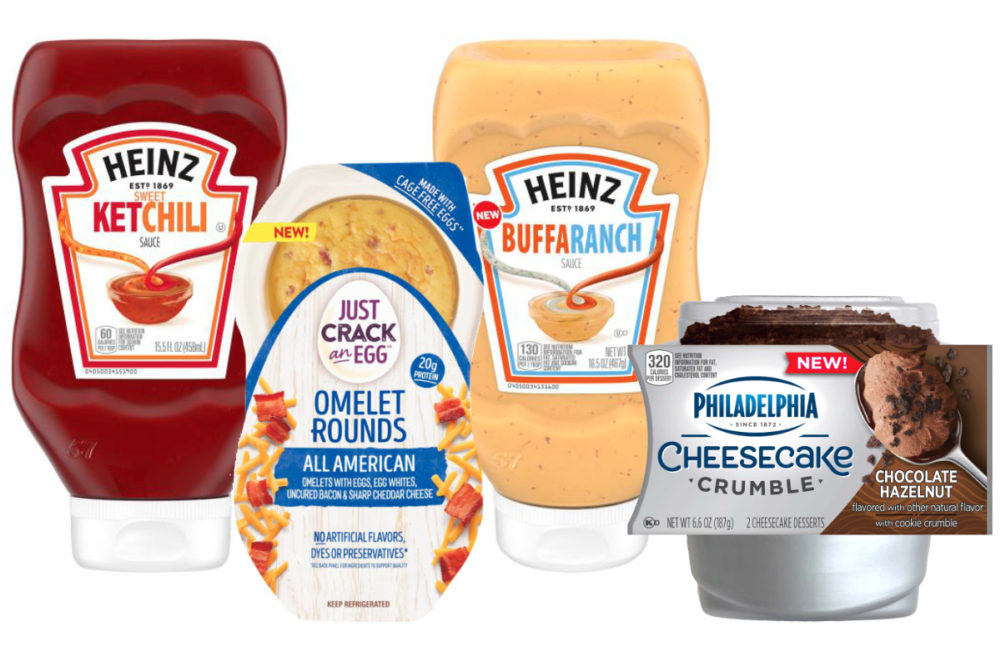PITTSBURGH — Net income jumped 49% for Kraft Heinz Co. in the first quarter ended March 27, but the company over the rest of the fiscal year expects to deal with rising input costs, which could lead Kraft Heinz to increase the price of its products. Retail relationships strengthened during COVID-19 last year could prove valuable in any pricing actions.
Kraft Heinz posted net income of $563 million, or 46¢ per share on the common stock, in the quarter, which was up from $378 million, or 31¢ per share, in the previous year’s first quarter. Net sales of $6.39 billion in the quarter were up 3.9% from $6.16 billion. The organic sales growth rate was 2.5%.
“As recently as February, I said we would begin 2021 with momentum across our brands and business,” said Miguel Patricio, chief executive officer, in prepared management remarks on April 29. “As it turns out, we are showing even stronger momentum than anticipated. Our team delivered solid first-quarter growth at both top and bottom line, on top of extraordinary growth that we had in the first quarter last year.”
The stock price for Kraft Heinz on the Nasdaq closed at $41.69 per share on April 29, which was up 3.9% from a close of $40.12 per share on April 28.
Last year COVID-19 increased demand for groceries to be eaten at home. Companies reducing the number of its stock-keeping units (SKUs) became a popular strategy to keep retail shelves full. Cooperating with retailers has allowed Kraft Heinz to reduce its number of SKUs by about 20% when compared to 2019, said Carlos A. Abrams-Rivera, US Zone president.
“Related to our customers, what I can tell you is we are now in a much different place than we were a year ago,” he said in an April 29 conference call. “We have now been able to build trust with our key retailers. We are working in a (partnership) that includes a level of transparency that we hadn't seen in the past.”
This year inflation in commodities is running in a range of mid-single-digit percentages, said Paulo Luiz Araujo Basilio, global chief financial officer. Kraft Heinz in the second quarter will lap a low price in cheese in 2020 and face a high price of pork bellies this year, he added.
“We see a lot of levers for us to manage inflation through revenue management, through savings,” Mr. Basilio said.
Gross efficiency gains, which are on track for $400 million this year, also will help Kraft Heinz combat input inflation, Mr. Patricio said.
Internationally, consumer acceptance of price increases is better in emerging markets, said Rafael de Oliveira, president of Kraft Heinz’s International business.
“In developed markets, I mean, what I can tell you is we've already successfully closed negotiations with all our key retail partners, and especially in key countries like France, Germany, and we managed to achieve the pricing and premiumization behind the brands that we needed,” he said.
Online sales remain a bright spot for Kraft Heinz. The company’s e-commerce household penetration through Feb. 28 was up about 15% compared to pre-COVID-19, which was about the average of 14 other leading packaged foods companies.
“The continued high-grade financial performance from Kraft Heinz in Q1 2021 was driven by its focus in e-commerce,” said Ramsey Baghdadi, a consumer analyst at Global Data, a data and analytics company based in London. “The company’s achievement to out-perform its sales success in pre-COVID-19 conditions was triggered by taking the risk to focus on expanding its presence in the digital market over in-store price promotions. This reflects the company’s recognition of the digital shopper that sprouted from at-home lifestyles during the pandemic, as well as its trust in e-commerce and the subsequent long-term financial opportunities it can bring in the packaged food sector.”





